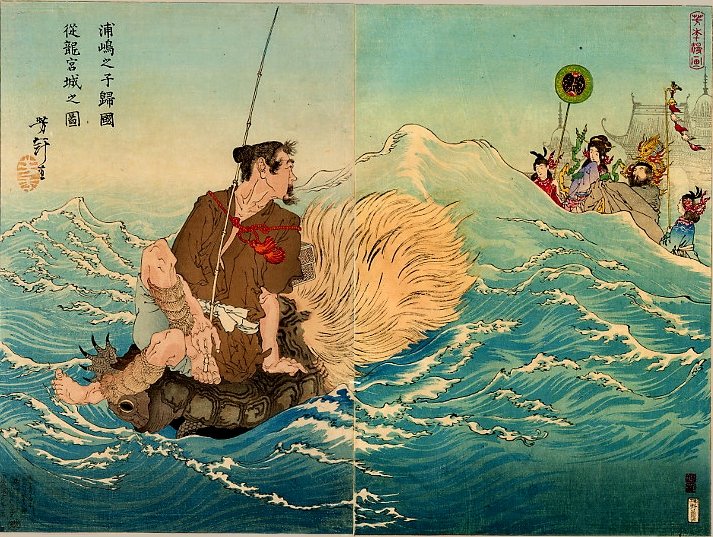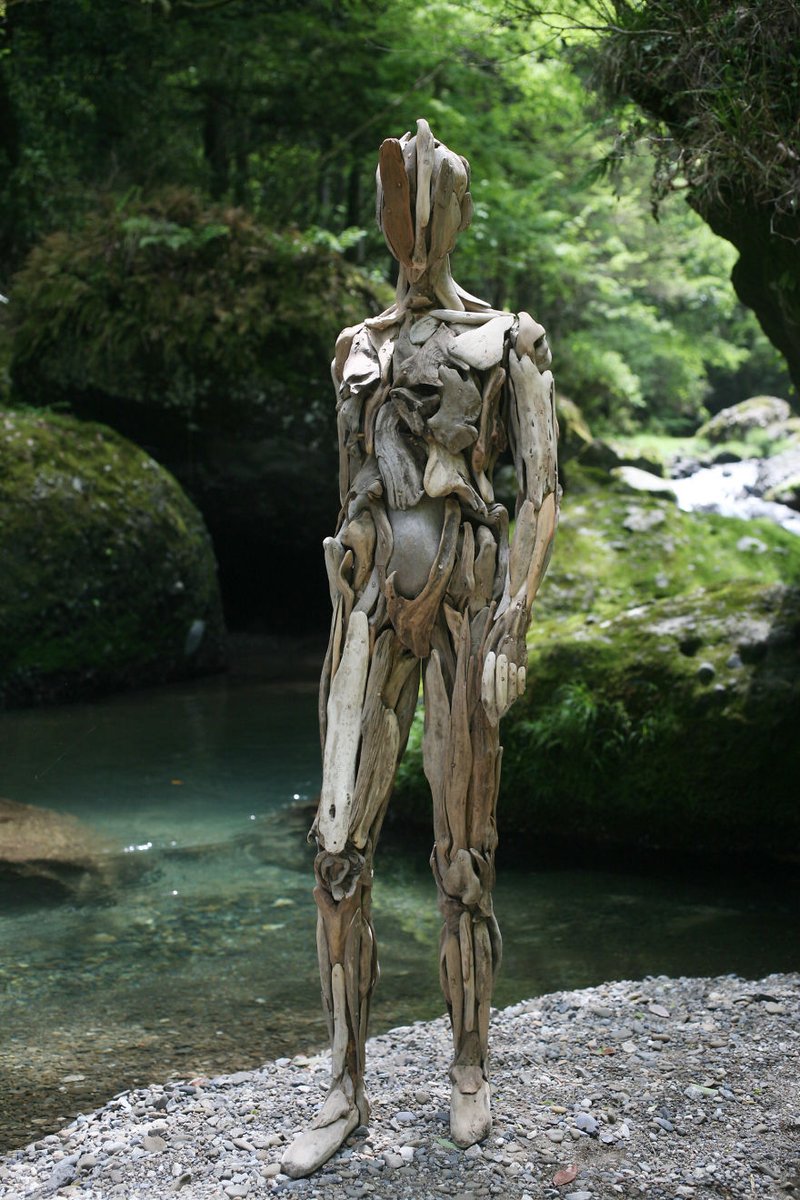SEALORE
Earliest man established the sea to be in mysterious commune with the heavens and beyond our power to influence. Leonardo da Vinci thought that the tides to be the breathing motions of a large beast and tried to calculate the size of such a creature’s lungs.
Earliest man established the sea to be in mysterious commune with the heavens and beyond our power to influence. Leonardo da Vinci thought that the tides to be the breathing motions of a large beast and tried to calculate the size of such a creature’s lungs.

Some, like the mermaid, are familiar and knowable, while others remain inscrutable and of impossible scale, like the legendary Scylla and Charybdis, the six-headed serpent and the great undersea colossus whose maw formed a whirlpool that could devour a ship whole. 



Japan has a deep tradition of sea lore. Urashima Tarō is a hardened fisherman but one day he comes across a group of children tormenting a turtle and his compassion for the poor thing has him intervene and return the creature back to the sea. 

The next day he meets a messenger who tells the fisherman that it was the imperial daughter, disguised as a turtle, he had saved. In gratitude the Emperor of the Sea extends Urashima an invitation to Ryūgū-jō, the underwater Dragon Palace. 

There Urashima meets the princess, now human, and enjoys all the luxuries of the kingdom.
But after three days his thoughts turn to his elderly parents and how they could not manage without him, so he decides to return. The princess tries to dissuade him but eventually relents, sending him off with a jewelled box which she presses him not to open. 

Back on land it becomes clear to Urashima that many more days than three had passed; the fisherman had in fact been at the bottom of the ocean for 300 years. Now the name Urashima Tarō is known only as a legend of a young fisherman who was swallowed by the sea
and whose parents died of heartbreak. Struck by grief he drops the magic box. A plume of white smoke shoots forth and when it settles Urashima has gained a wrinkled face, a long white beard and a stooped back. In the box had been his old age. 

This sad tale is one of a noble rescue but also what time at sea can do to a man; its power to grant riches and take away just as easily.
#folkhorror #folkhorrorrmagpie #10daysofbleedingtree #thebleedingtree #sealore #kraken #seamonster #japanesefolklore
#folkhorror #folkhorrorrmagpie #10daysofbleedingtree #thebleedingtree #sealore #kraken #seamonster #japanesefolklore

• • •
Missing some Tweet in this thread? You can try to
force a refresh

 Read on Twitter
Read on Twitter



























